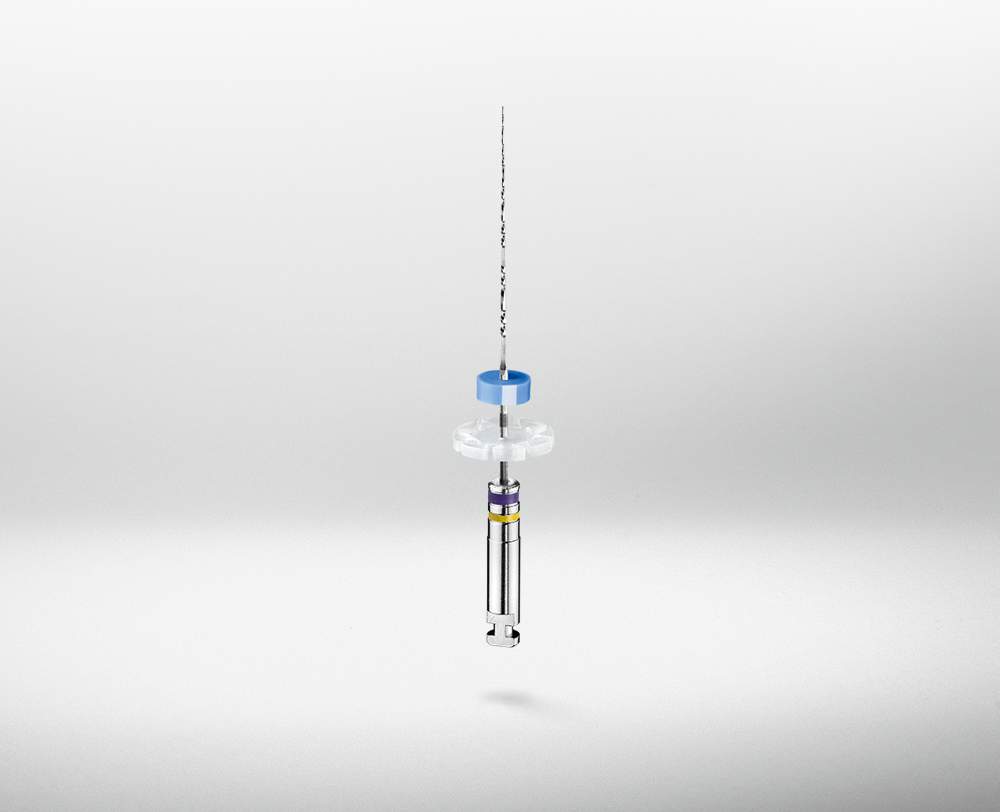Glide path
After opening the cavity access, localizing and widening the canal entrance, the canal can be penetrated with manual or rotary files made of steel or Niti to allow probing and debridement of the canal. Depending on the canal morphology, this step of the procedure is undertaken using one or several of the following instruments.

1. Hand files
See K files, H files, Reamers, Barbed broaches
2. Rotary NiTi instruments for mechanized scouting
See ScoutRace, Race ISO 10, BT-Apisafe